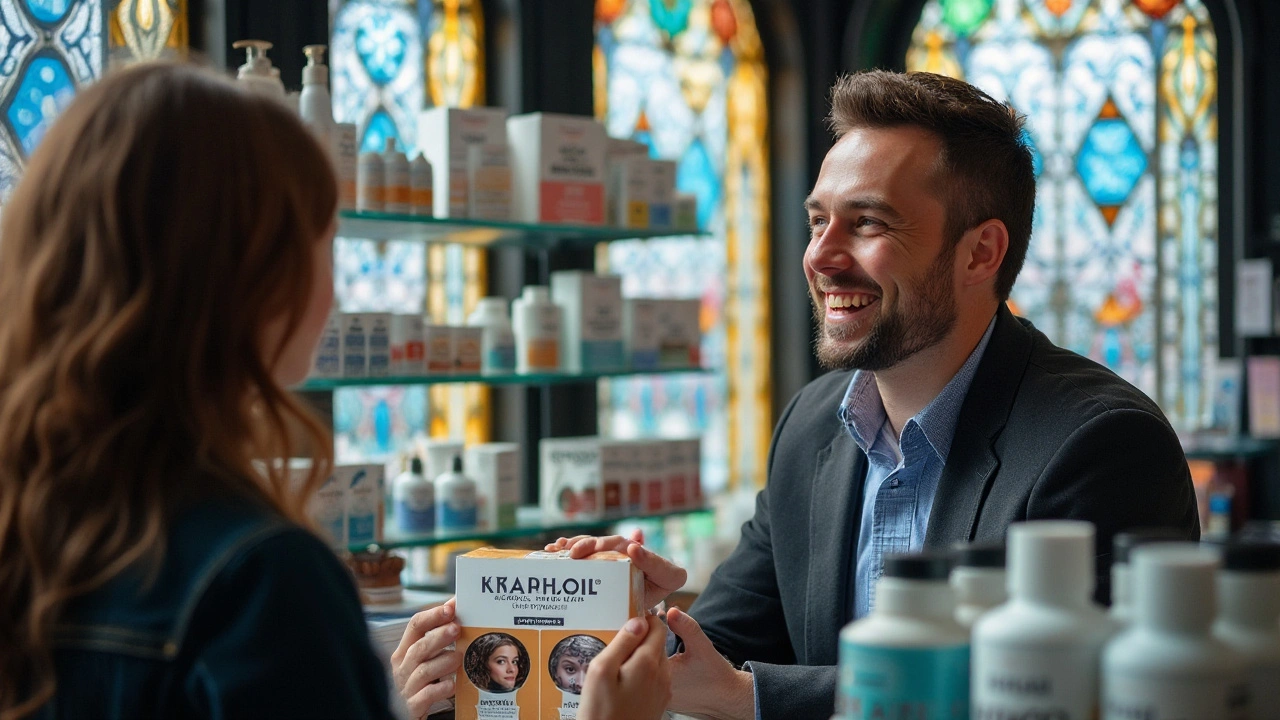Hair Regrowth: What Works and What to Try First
Want thicker hair again? Hair regrowth is possible for many people, but not with overnight fixes. The right plan mixes diagnosis, proven treatments, and simple daily habits. Here’s a clear, practical guide to help you pick the next steps.
Quick assessment: what’s causing your hair loss?
First, figure out why you’re losing hair. Common causes are genetics (male or female pattern hair loss), hormones, stress, iron or thyroid issues, certain medications, and hairstyles that pull on the scalp. Book a visit with your GP or a dermatologist. Ask for a scalp check and basic blood tests (iron, TSH, vitamin D). That guides safe choices and speeds results.
Proven treatments and realistic timelines
Minoxidil (topical) — Widely used, available OTC in many places. It can thicken hairs and stimulate growth. Expect 3–6 months to notice change and keep using it to maintain results. Side effects are usually mild irritation for some people.
Finasteride (oral) — Effective for many men with androgenic hair loss. It can stop shedding and cause regrowth over 6–12 months. Talk to your doctor about sexual side effects and whether it’s right for you.
Spironolactone and other hormonal options — Often used for women with hormonal hair loss. These need medical supervision and regular follow-up.
Procedures: PRP (platelet-rich plasma), microneedling, low-level laser therapy, and hair transplant surgery all have roles. PRP and microneedling can boost results when combined with topical or oral treatments. Hair transplants give immediate density but require downtime and a realistic expectation of final results (3–12 months for full effect).
Supplements — Only helpful if you have a deficiency. Biotin helps rarely unless you’re low. Iron or vitamin D supplements matter if tests show a deficiency. Don’t take large supplement stacks without bloodwork.
Daily care that helps: switch to a gentle, sulfate-free shampoo, avoid high-heat styling, skip tight ponytails and braids, and use a soft brush. Protect your scalp from sun and be gentle when towel-drying.
Combining treatments often works best. For example, minoxidil plus microneedling or laser gives better results than one approach alone. But combine only under professional advice so you avoid wasted time and cost.
Buying meds safely: If you order treatments online, use licensed pharmacies that require a prescription when appropriate. Watch out for super-cheap sites that don’t show credentials. Our guides cover how to spot safe online pharmacies and avoid fakes.
Final practical plan: 1) get basic tests and a scalp exam, 2) start a proven option like minoxidil while you wait, 3) consider added treatments (finasteride or PRP) if needed, 4) protect your scalp and diet, and 5) recheck progress every 3–6 months. Patience pays off—most real changes show up after months, not weeks.
